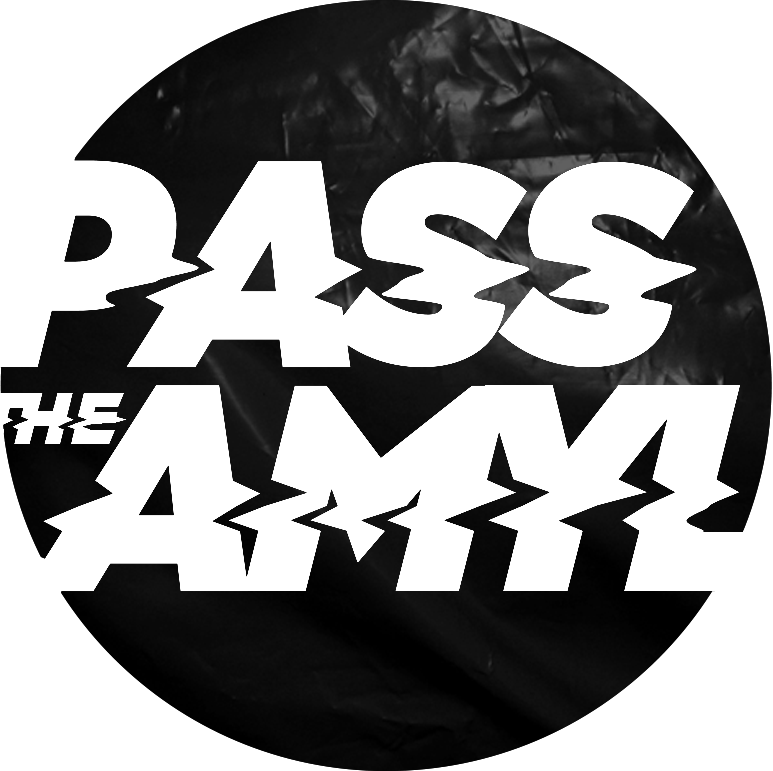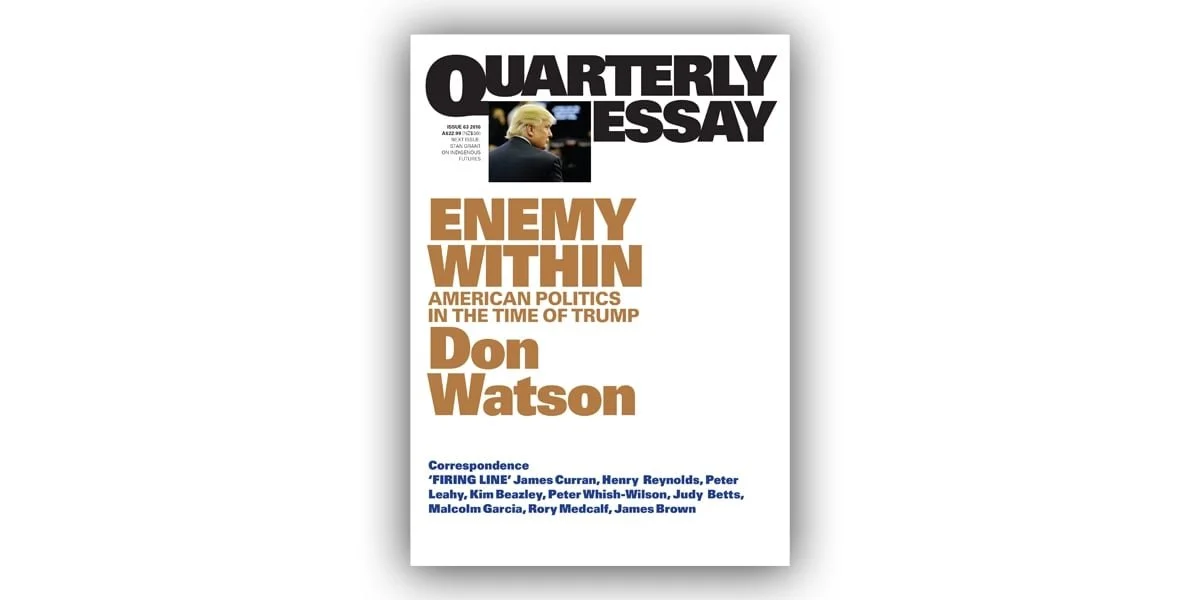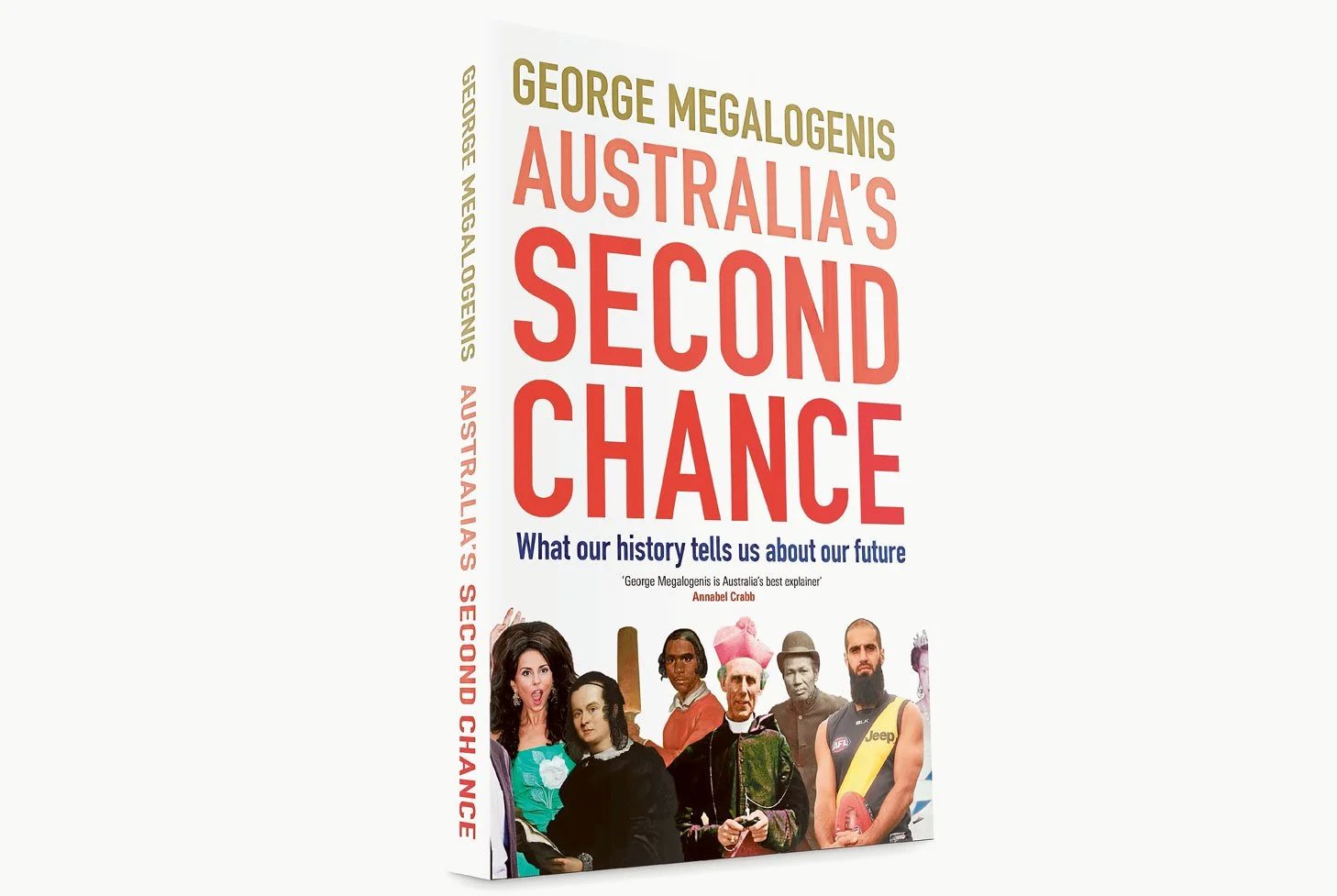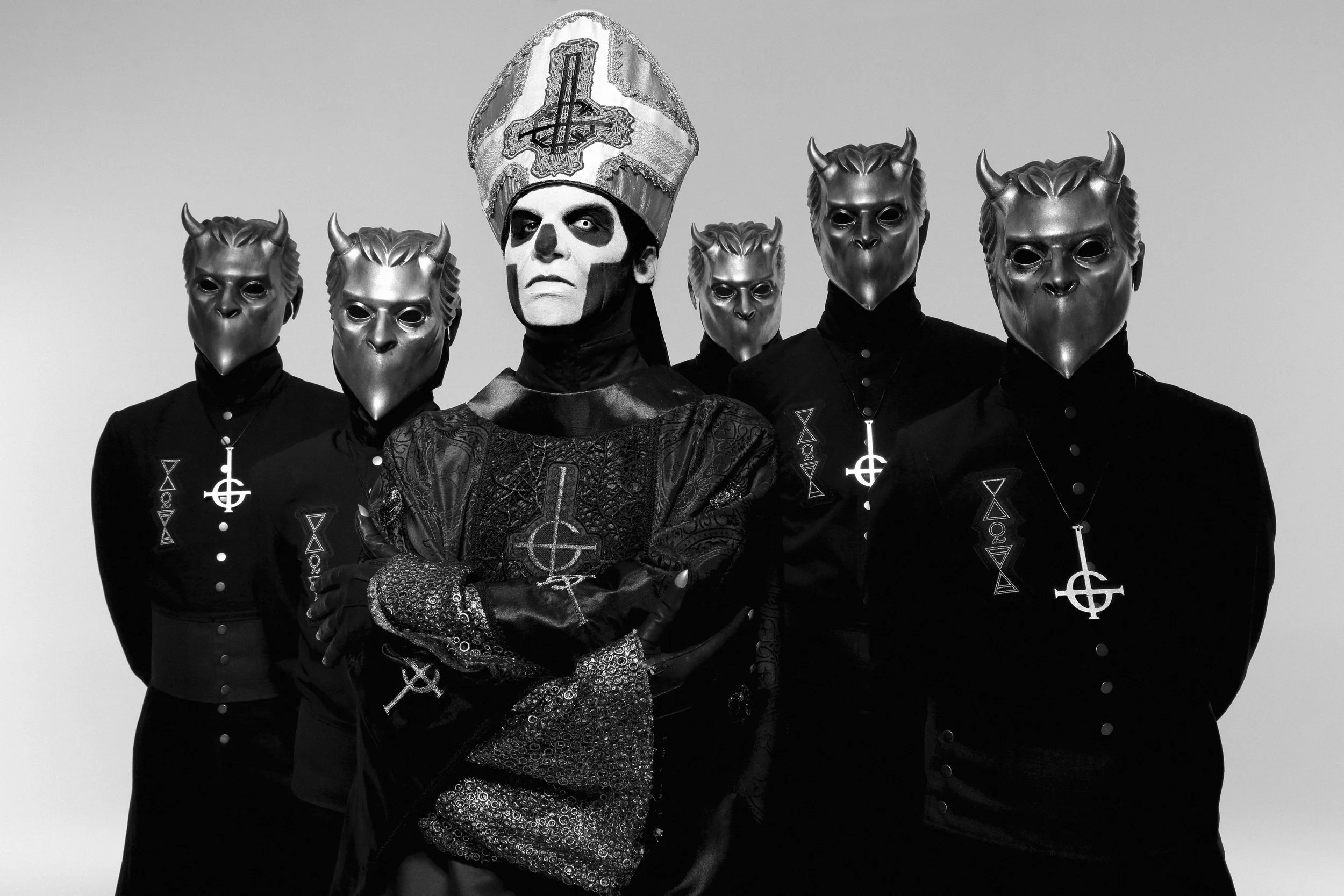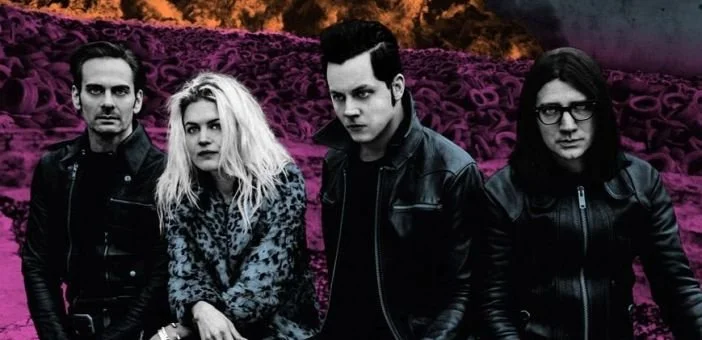To paraphrase Monty Python’s Life of Brian, MONA Museum figurehead David Walsh is not the art world’s Messiah, he’s just a very naughty boy.
The quirky Tasmanian gambler, art collector and businessman – obsessed with sex, death and viscera – challenged four scientist colleagues to curate exhibitions showcasing their theories On The Origin Of Art.
In an effort, perhaps, to foment a little more outrage, Walsh – a noted contrarian – has chosen ‘experts’ who are all distinctly male, white and middle-aged.
The exhibition is arranged as a series of four portals, each leading to an individual curator’s vision of creative genesis, marked with an arcane glyph drawn from the exhibition’s catalogue for added portent.
Steven Pinker, a North American psychology professor and experimental psychologist, asserts that ‘We Make Art Because We Can’. Pinker asserts that art evolves in step with our innate desire to identify as part of a ‘fashionable elite’ – his portion of the show revels in elaborate wallpapers, ornate jewellery and new media installations.
Evolutionary neurobiologist and cognitive scientist Mark Changizi wonders ‘Does Civilisation Mimic Biology?’ Changizi’s thesis is that culture instinctually harnesses nature – through design, music and language – to allow us to evolve and engage with others. Showcasing many tactile, sculptural disciplines, Changizi’s collection is rooted in the fleshy, biological imagery of laboratory slides and abattoirs, paying particular attention to Australian artist Patricia Piccinini.
English Professor Brian Boyd explores the ideas behind ‘Art Is Cognitive Play With Pattern’. Boyd suggests that art evolved through humanity’s need to communicate complex concepts through pattern in an effort to better understand the world around it. Boyd explores these notions through patterns in nature and forms of religious worship. He also pays special attention to sequential art and the chilling allegorical depictions of Nazi Germany starkly rendered by Pulitzer Prize winning graphic novelist Art Spiegelman.
Perhaps most provocative is American psychology professor Geoffrey Miller, whose ‘Artists Are Sexy AF’ guides the viewer through a rollercoaster of visual stimuli, from the classical to the tawdry to the pornographic. Miller submits that art is another form of metaphorical plumage designed to secure a mate through a display of desirable technical aesthetic virtuosity. Illustrating his point, Miller includes lurid work by pop artist Jeff Koons alongside reflections on insect mating rituals and 19th century romantic portraiture.
You may agree or disagree with some, or all, of the notions put forth by Walsh’s coterie of agitators – On The Origin of Art is a stirring exhibition in terms of variety, philosophy and sheer volume of work on display. Walsh’s newest offering asks us to investigate ideas of the very origins of our humanity, be they creative, spiritual, biological or other.
Opening last year on 5 November to bustling crowds, On The Origin Of Art is an ambitious achievement of art curation, collection and exhibition.
A thought-provoking journey guaranteed to generate passionate debate, this experience can’t come more highly recommended.
Originally published here.
